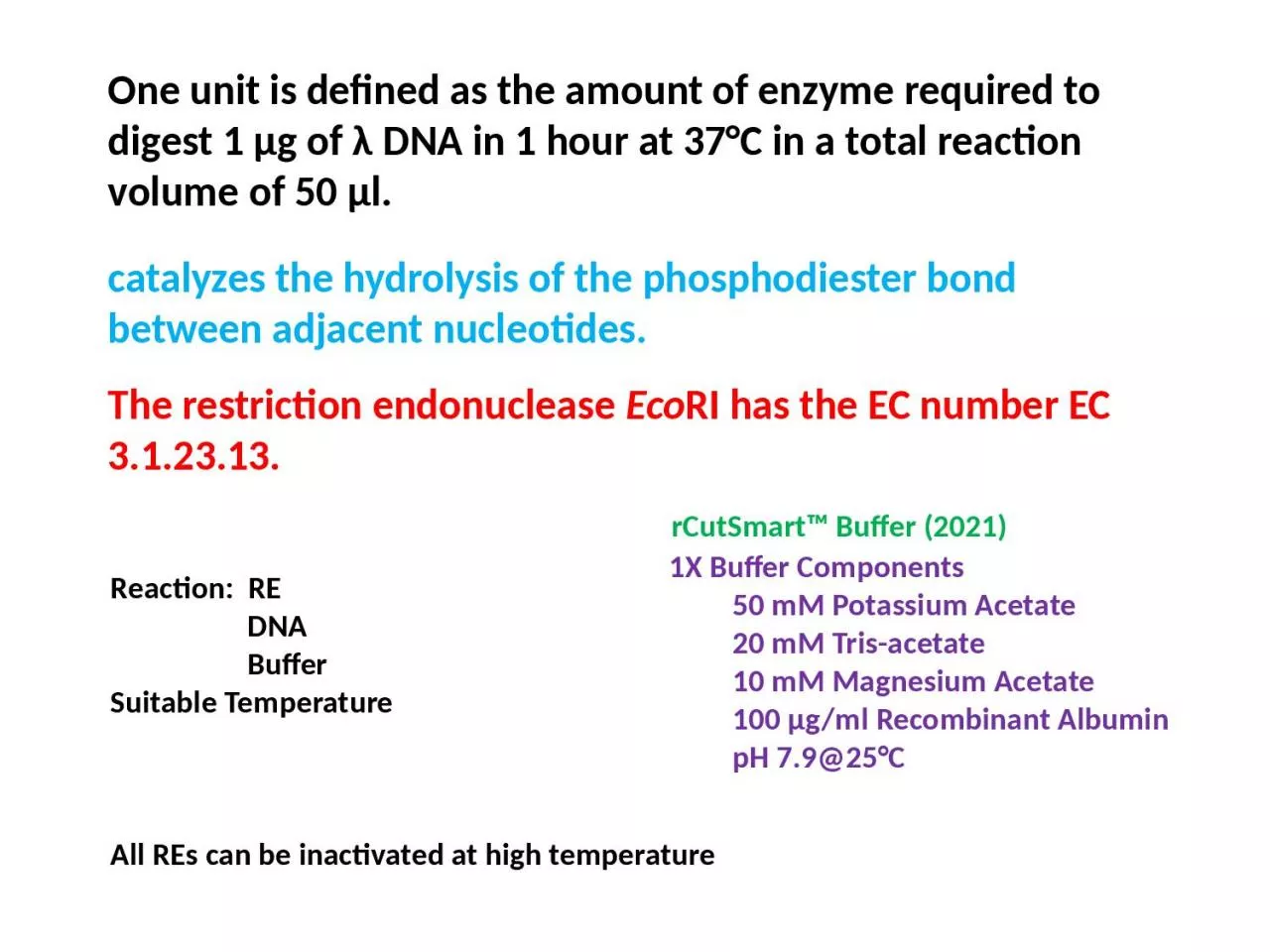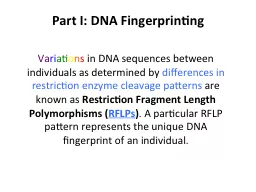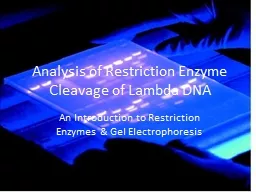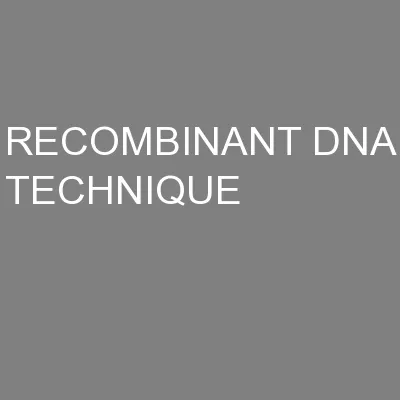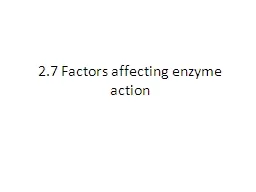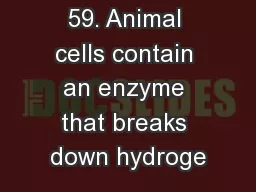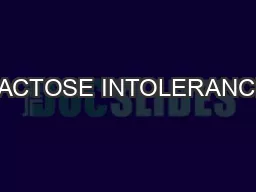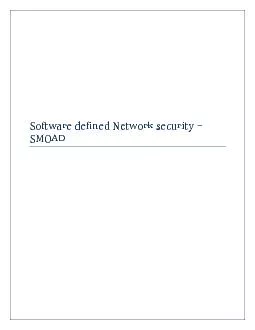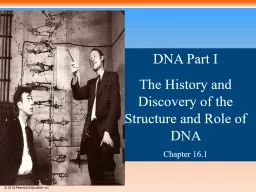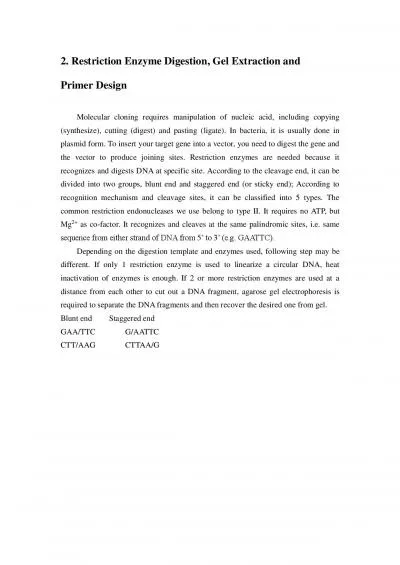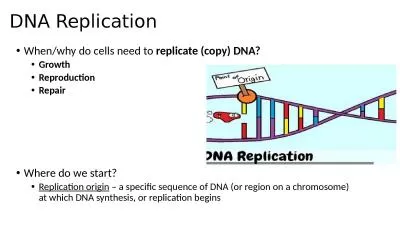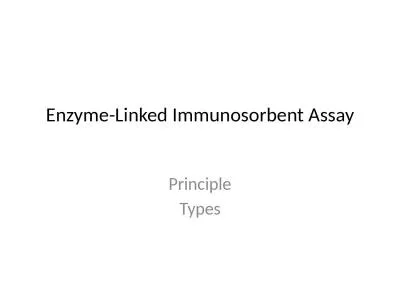PPT-One unit is defined as the amount of enzyme required to digest 1 µg of λ DNA in 1 hour
Author : byrne | Published Date : 2023-08-23
Reaction RE DNA Buffer Suitable Temperature All REs can be inactivated at high temperature catalyzes the hydrolysis of the phosphodiester bond between adjacent
Presentation Embed Code
Download Presentation
Download Presentation The PPT/PDF document "One unit is defined as the amount of enz..." is the property of its rightful owner. Permission is granted to download and print the materials on this website for personal, non-commercial use only, and to display it on your personal computer provided you do not modify the materials and that you retain all copyright notices contained in the materials. By downloading content from our website, you accept the terms of this agreement.
One unit is defined as the amount of enzyme required to digest 1 µg of λ DNA in 1 hour: Transcript
Download Rules Of Document
"One unit is defined as the amount of enzyme required to digest 1 µg of λ DNA in 1 hour"The content belongs to its owner. You may download and print it for personal use, without modification, and keep all copyright notices. By downloading, you agree to these terms.
Related Documents

